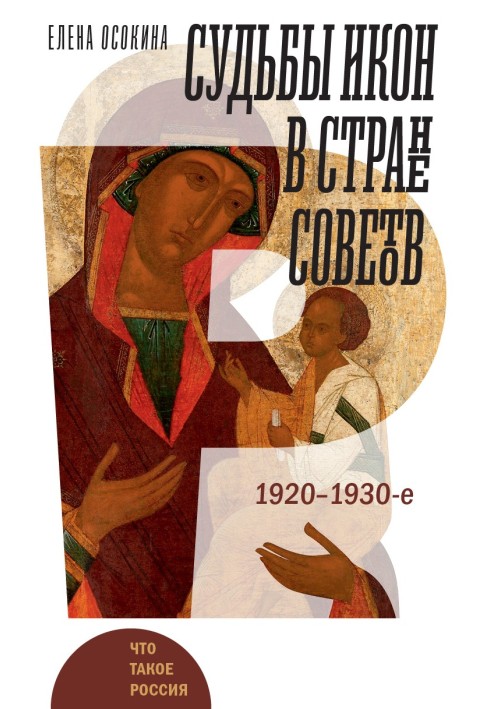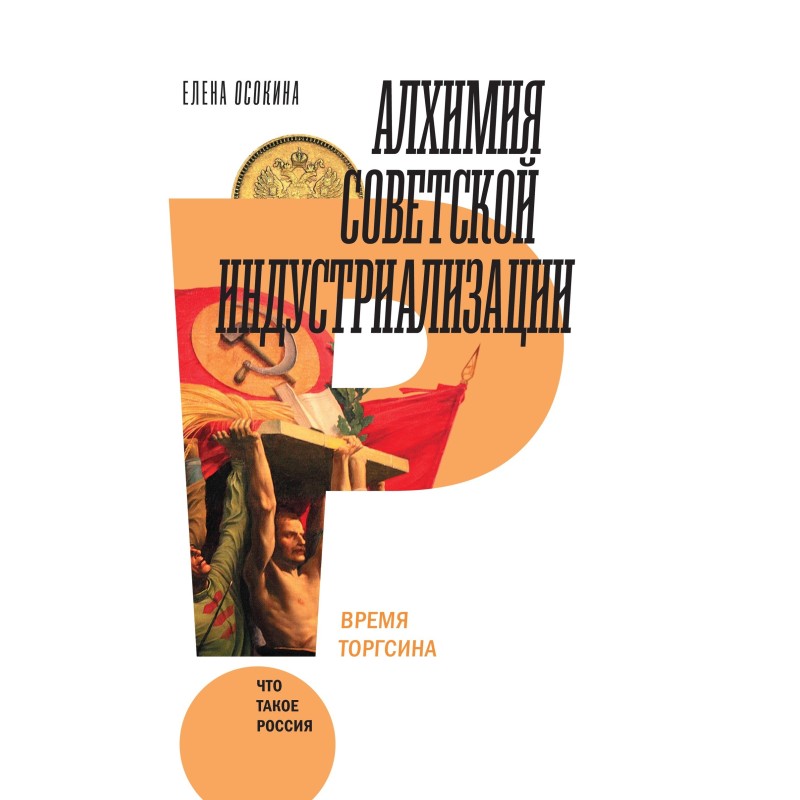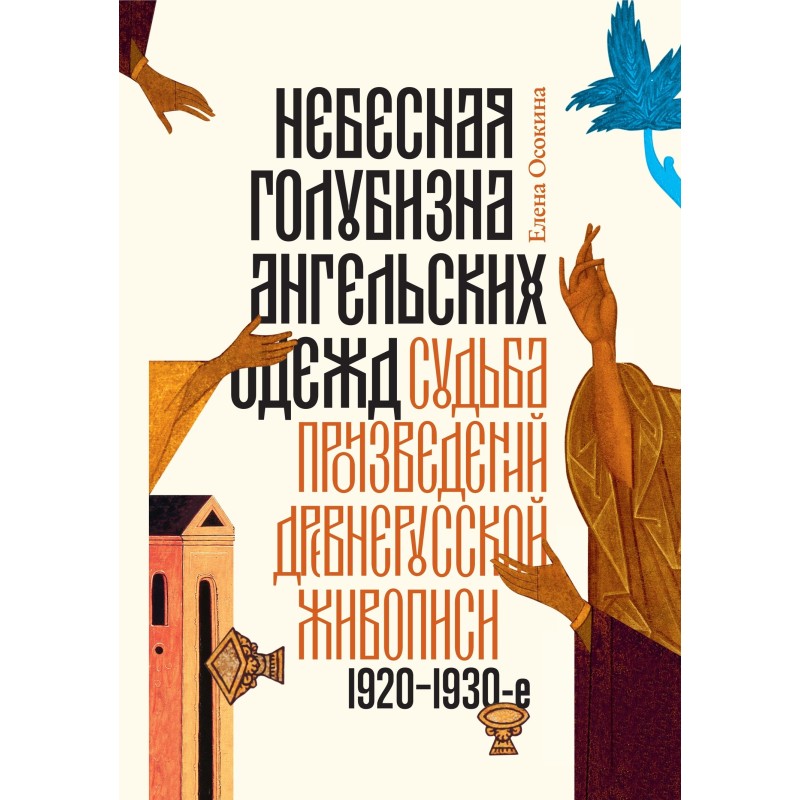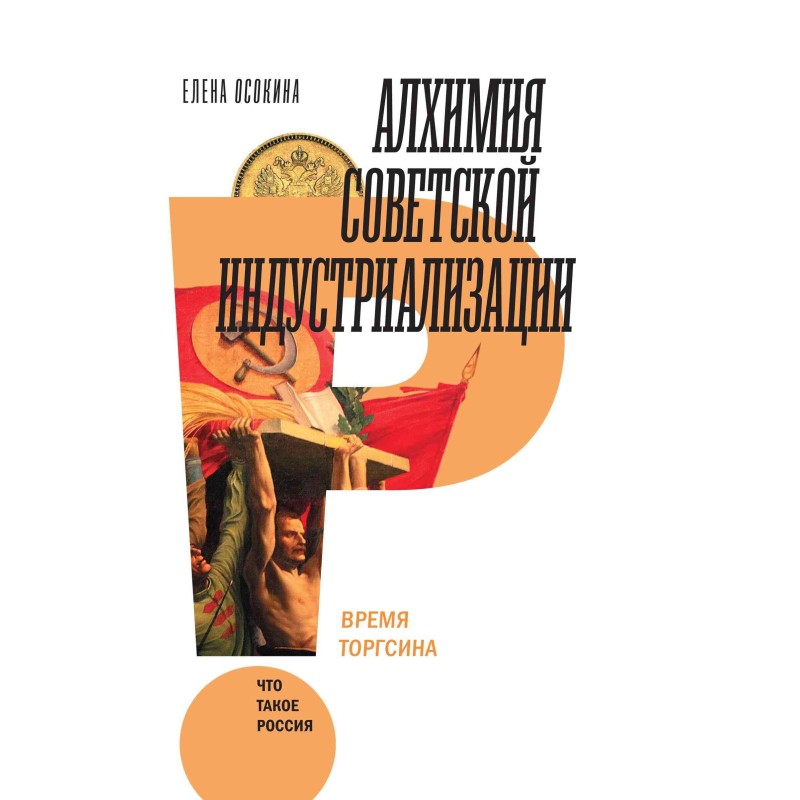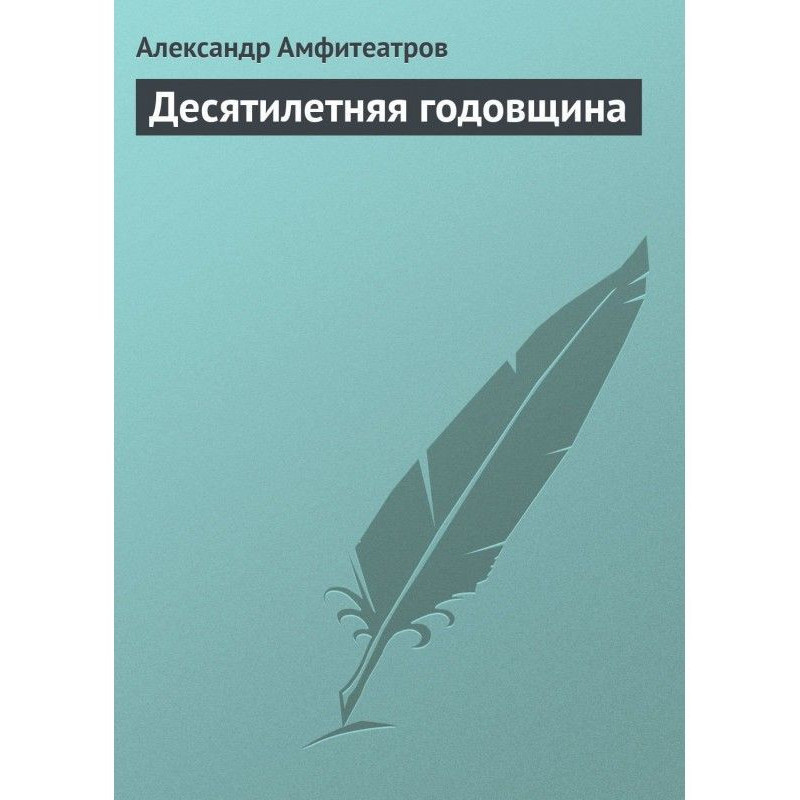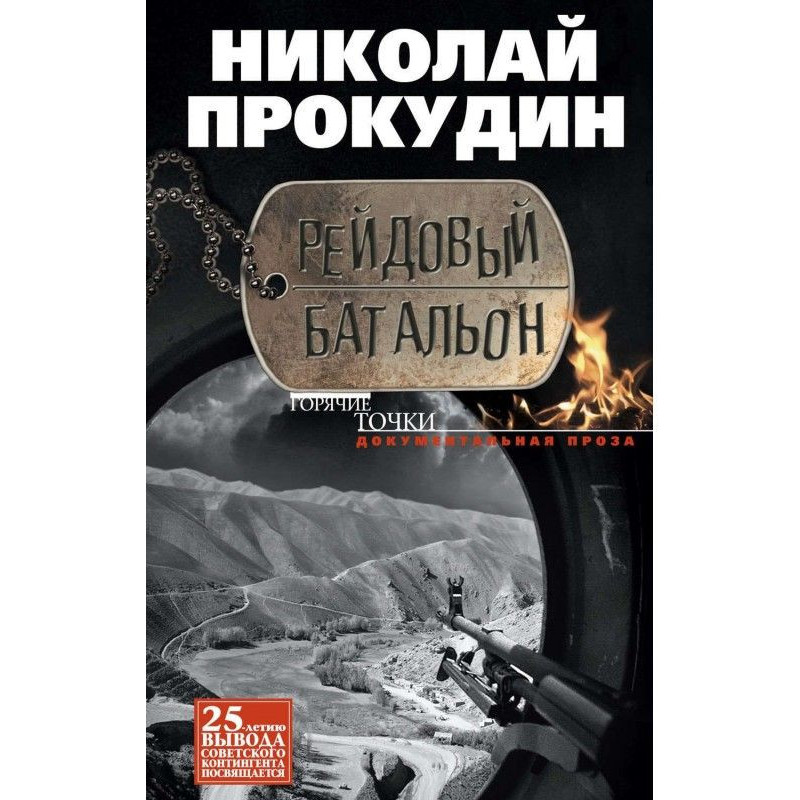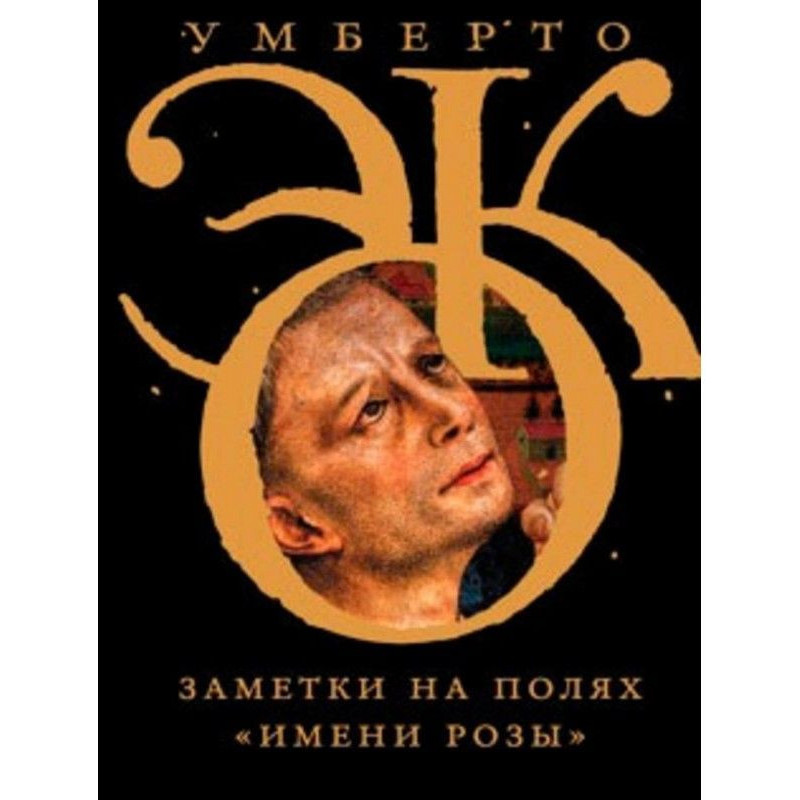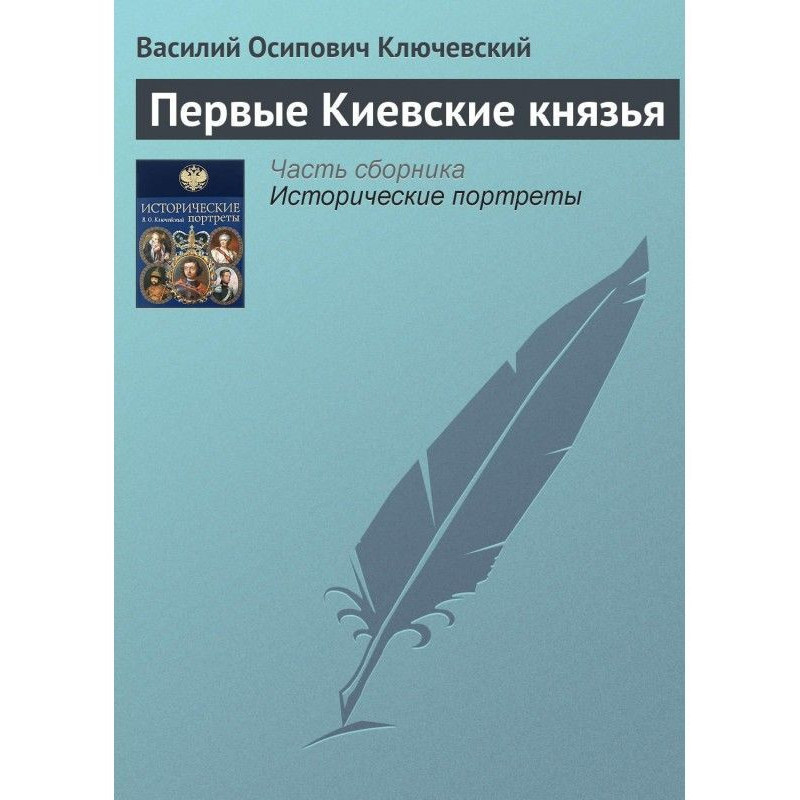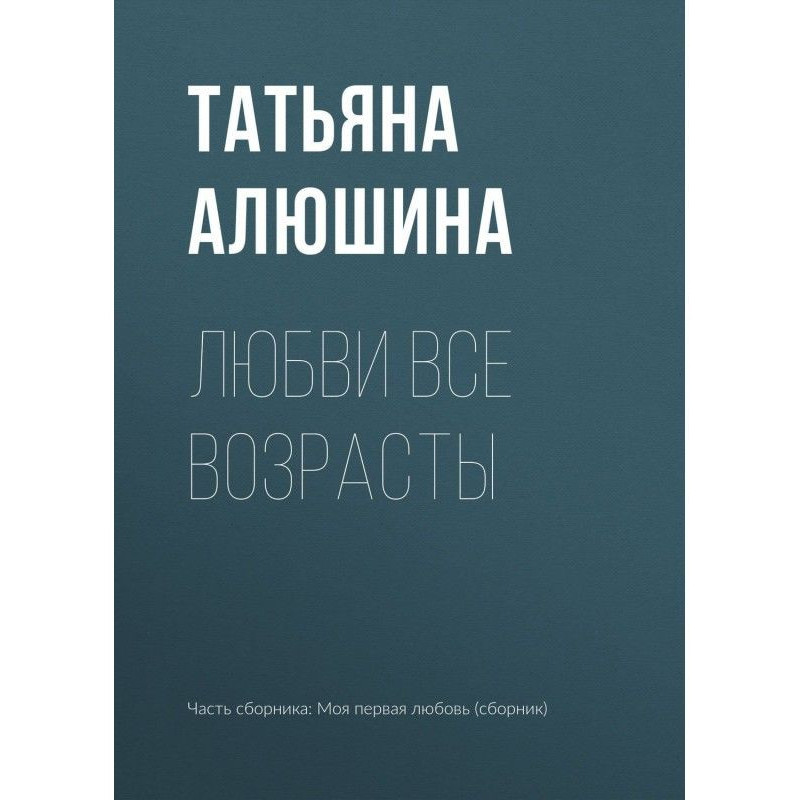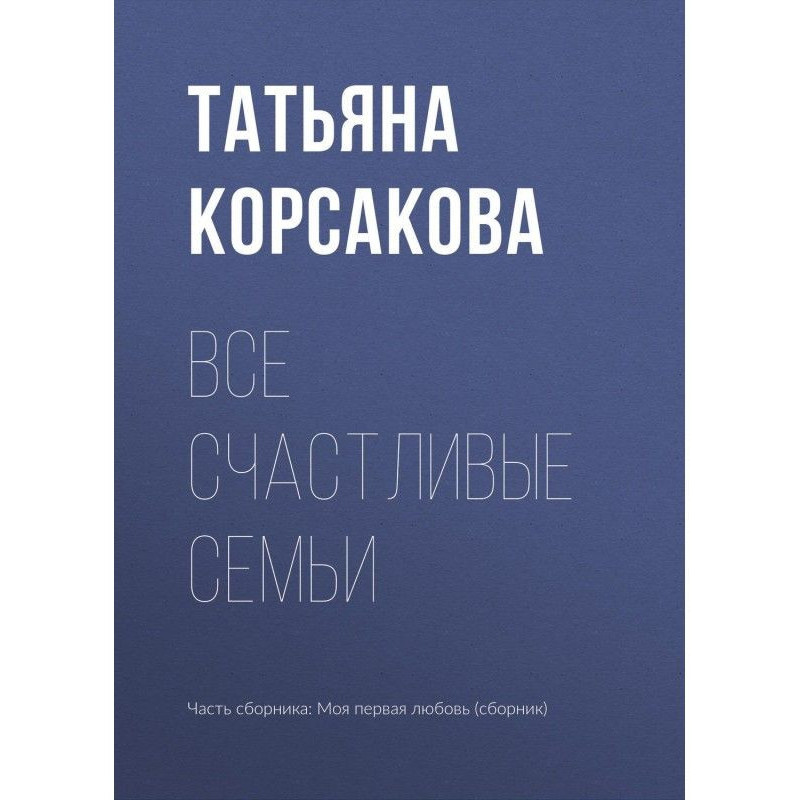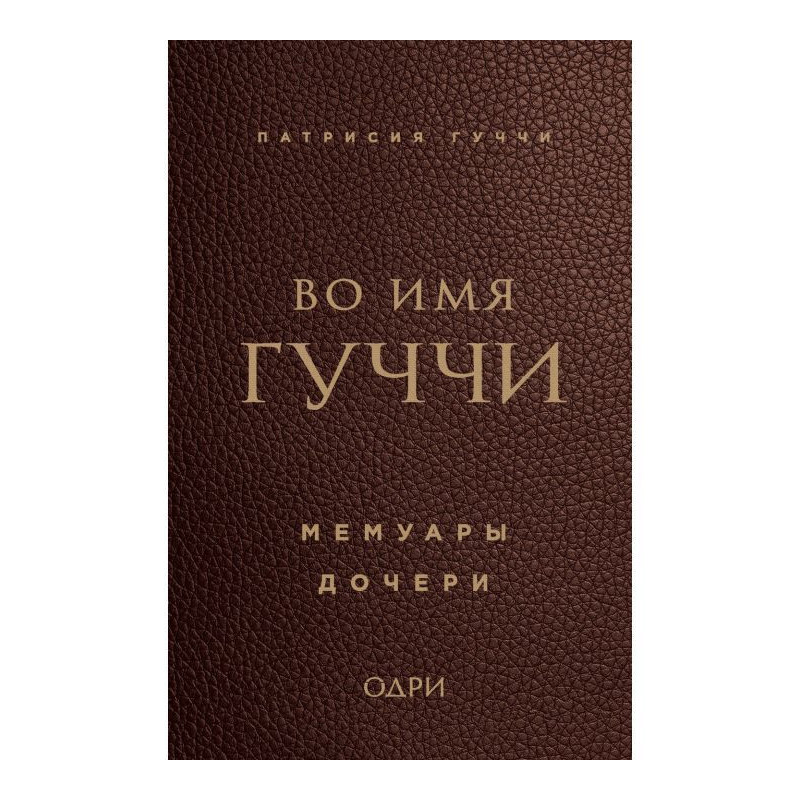The fate of icons in the Land of Soviets. 1920–1930s
 Instant download
Instant download
after payment (24/7)
 Wide range of formats
Wide range of formats
(for all gadgets)
 Full book
Full book
(including for Apple and Android)
The icon is the main character of this book - the center of attraction for the actions of the authorities, museum workers, traders and buyers. One of the intriguing paradoxes of history is that the creators of the “non-market” Soviet economy made a significant contribution to the development of the world market for icon paintings. At the turn of the 1920s–1930s, through their efforts, a colossal export icon fund was collected, a grandiose advertising campaign was carried out - the first Soviet foreign icon exhibition, which presented to the world in all its splendor a new antique product - icons from the USSR, contacts were established with Western antique dealers and sales were organized collections of icons abroad. The search for currency for industrialization resulted in the development of world interest in the icon. The book tells about the history of museums and people (fate treated some of them favorably, others mercilessly), how the grandiose icon collection of the State Museum Fund was created and liquidated, who and how selected icons for export, how many icons were sold Russian museums, whether the sold icons were fakes, as well as what fate awaited the icons after the sale. The book is written on the basis of enormous material collected by the author in the archives of Russia, Europe and the USA. Elena Osokina – Doctor of Historical Sciences, professor, laureate of the Makariev Prize and the Enlightener Prize.
Data sheet
- Name of the Author
- Елена Осокина Александровна
- Language
- Russian
Reviews
Вражаючий погляд на історію ікон в радянський період!
Книга "Долі ікони в Країні Рад. 1920–1930-ті" є справжнім дослідженням, яке відкриває читачеві невідомі сторінки історії радянської епохи. Олена Осокіна майстерно поєднує факти з архівів Росії, Європи та США, створюючи захоплюючу наративну лінію, яка показує, як ікони стали не лише предметом релігійного поклоніння, а й важливим економічним товаром. Автор детально описує, як радянська влада, незважаючи на свою антирелігійну політику, активно просувала ікони на світовий ринок, що є парадоксом самої радянської системи. Читач дізнається про долі музеїв, людей, які займалися збором ікон, та про те, як відбувався процес їх експорту. Книга не лише інформативна, але й емоційно насичена, вона спонукає до роздумів про цінність культурної спадщини та її місце в історії. Рекомендую всім, хто цікавиться історією мистецтв, культурою та соціальною політикою радянського періоду!

